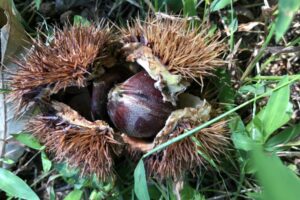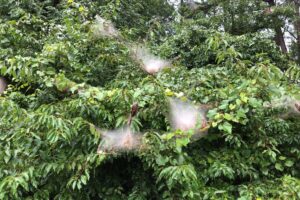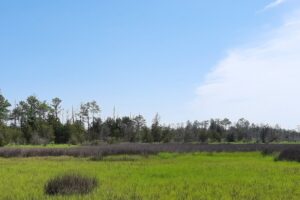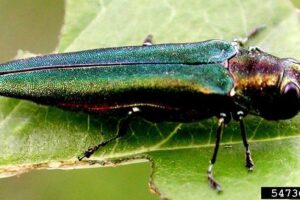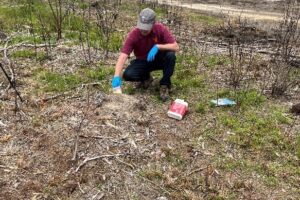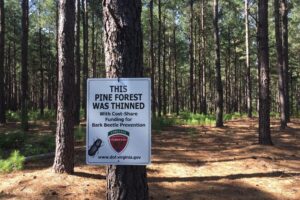Virginia’s Least Wanted: Wavyleaf Grass
September 23, 2024 - This grass may look harmless, but it wants to use you and your pets for a free ride. The seeds of wavyleaf grass (Oplismenus undulatifolius) stick to everything, easily spreading this invasive across Virginia’s forests, replacing our native plants and wildflowers. Wavyleaf grass thrives in shaded forest understories, especially along forest trails looking for a free ride. Wavyleaf grass produces seeds August – November. Here’s what you can do to prevent... Read More




